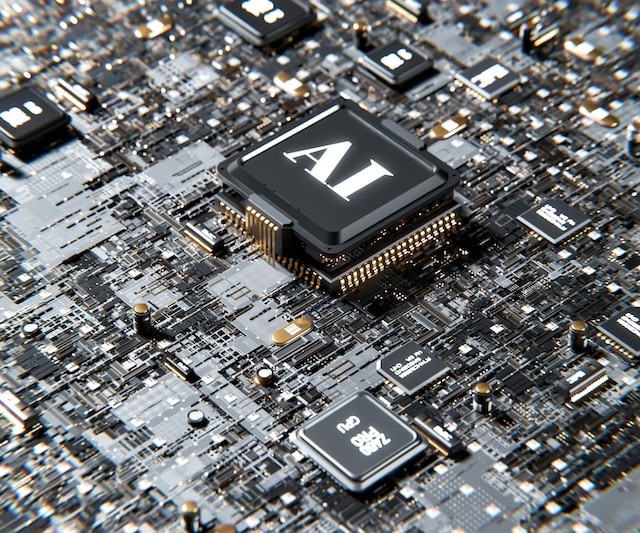
The Power of Technology is taking over businesses to improve agent productivity and provide more intelligent customer service solutions globally through Generative AI. This will change how we use technology incorporated into our transactions and bring a dramatic transition, driving and distinguishing how more brands compete.
What is Artificial Intelligence (AI)?
AI or Artificial Intelligence is the science of creating machines with human-type capabilities. It's all about devices that can plan, reason, communicate and learn. These machines enrich our day-to-day tasks, lowering costs and boosting efficiency and profitability.
Future-Envisioned Goal
The pandemic has changed the world of work forever. It has shown the possibility of working remotely using technologies rather than being stuck in an office setting with the same technologies we are using. Many organizations have set up hybrid and remote work, which has become the norm. These are now driving changes to jobs, tasks, and skills, significantly impacting every industry. The key to success is bringing together the best physical, hybrid, and virtual environments to unleash the full potential of your workforce, whatever the future may hold.
Adapting to Changes
AI is already deeply embedded into everyday life and work. At the same time, fears are usually voiced out, especially in the labor market, for its potential disruption in taking over routine and low-level tasks. It is still clear that AI is shaping the future of work.
Workers with solid generative AI skills can undergo on-the-job training to shake off that fear and take control.
"Your job will not be replaced by AI. Your job will be replaced by someone else who uses AI if you don't," said John Blackmon, chief AI officer of custom training organization ELB Learning. He also added that the difference between proficiency and expertise lies in understanding what's going on behind the scenes.
Much like the complexity of telephone or internet communications, programmers and engineers must be true experts on generative AI. For the general workforce, the key is knowing how to prompt platforms to produce the outputs you need. "Prompting is the new way to speak."
Working with AI
Employees will use generative AI regardless of whether their leaders enable them to do so responsibly and efficiently; hence, training is essential. A recent AI skills report from TalentLMS shows that 58% of HR managers will use upskilling and reskilling initiatives to combat the AI-induced skills gap. Here are some of the key concepts in that effort.
Crawl, Walk, And Then Run With AI
This idea is about starting with a new task, gradually picking up speed and complexity as you gain the necessary skills and confidence. No generative AI walks alone. Much like you would not have an employee without a supervisor, you would not have generative AI without a co-pilot. It is crucial for employees to get to a place where they have "points of view" and can be creative in thinking about how to apply them in their field.
An AI maturity model produced by Bryan Kirschner's team, Vice President of Strategy at DataStax, measures the sophistication of a company's AI usage, composed of four main threads in the model: context, culture, architecture, and trust. It includes an arc that showcases the best ways to implement generative AI from the beginning until workers feel savvy.
Adopt AI responsibly and slowly
AI is not a computational condiment: You can't just apply it to an existing process and expect improvements. Upskilling for generative AI is similar to other types of training where you have to have clear goals, audience, and expectations set, said Blackmon.
Internal working groups help many companies inform approved generative AI use cases and help employees navigate the training and adoption process responsibly. Stakeholders from different corners of the organization will also be present to create a well-rounded approach.
How to Accelerate AI Initiatives, a course published by Data security software company BigID, shared what organizations need to do to adopt AI responsibly, from governing large language models to prevent data leaks to avoiding non-compliance and reducing risks associated with employing generative AI usage.
It also suggests setting automatic flags for policy violations when sensitive or regulated data is in the wrong place. These can include existing policies but should also have new policies that manage and monitor potential risks associated with generative AI (as long as those policies don't contradict existing ones).
Keeping a guard up around AI
It is crucial to remind all generative AI users to keep their guard up and confirm the accuracy of outputs as part of training. Hallucinations, or seemingly made-up results unverified by the model's data set, are real - even if they seldom show. This is called automation bias, where there's an assumption the machine is suitable, but it is still just as important to retain critical oversight.
Since AI will become the front door to businesses, it only makes sense to provide upskilling that enables your people to power the organization in a world that looks different from yesterday.



